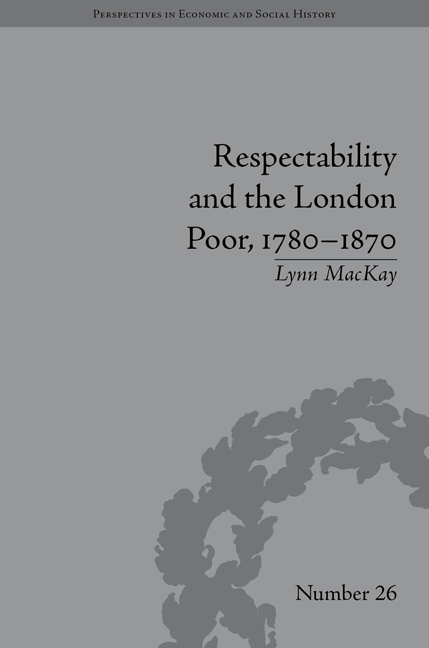Appendix
Summary
Since poor relief was often avoided, it may be that many people whose situations were highly precarious lived in streets unidentified by contemporary accounts and settlement examinations. These sources can be corroborated by the rate books of St Martin in the Fields, which provide rental information for all of the streets in the parish. St Martin's was divided into ten wards. Using the rate books to determine the median rent level for the houses in each street of each ward ought to indicate levels of affluence or poverty. There is a potential problem, however: the rate books give next to no information of lodging – the normal practice of the poor – since they indicate only the overall rent of the house. It might well be that larger houses with higher rents were in fact warrens for the poor, a situation upon which the rate books can shed no light. Indeed, the analysis of David Green and Alan Parton of the St Giles in the Fields rookery, Little Ireland, indicates that this was precisely the case in the mid-nineteenth century.
The Statistical Society of London (later the Royal Statistical Society), in its 1836 investigation of the state of the poor in a district near Gray's Inn, also claimed that very high densities were the norm: ‘Several families – in one instance 11 – live in one house.’
- Type
- Chapter
- Information
- Respectability and the London Poor, 1780–1870The Value of Virtue, pp. 159 - 166Publisher: Pickering & ChattoFirst published in: 2014



